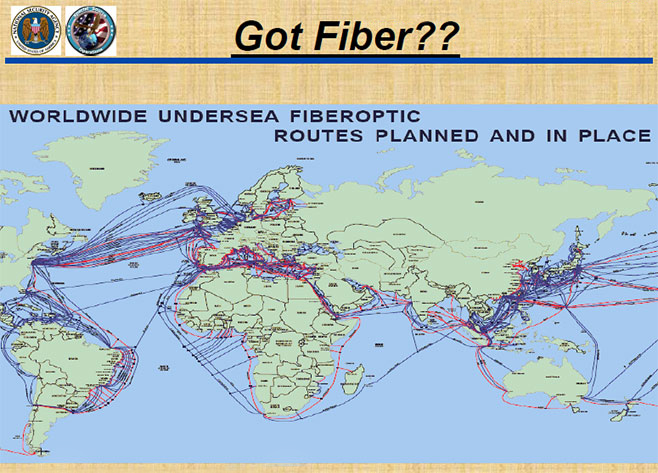The debate about whether the US could ever suffer a catastrophic accident like the one in Japan has already been answered. Greentechmedia reports about one such incident that happened in Georgia.
In March 1990, a truck backed into a transformer at the at the Alan Vogtle nuclear plant near Augusta, Georgia. The resulting local blackout caused the heat pump for one of the two reactors at Vogtle to switch off. One of the backup diesel generators was down at the time for scheduled maintenance and another failed to start. With both the regular and backup sources of power for cooling out, the temperature began to rise in the reactor.
Within 37 minutes, however, an emergency backup generator came online and restarted the cooling system.
So in total, the U.S. has had one cooling failure. It lasted 37 minutes and the accident was man-made, said Tony Pietrangelo, chief nuclear officer and senior vice president at the Nuclear Energy Institute, the industry’s domestic trade group, during a conference call with reporters.
While this was a man made accident a potential new threat is arriving on the planet as we speak. The sun is entering a cycle known as solar maximum with heightened Coronal Mass Ejections erupting from the surface. CME’s hurl electromagnetic waves out into space and can wipe out satellite communications, guidance systems, cell phone service and have been responsible for extended widespread power outages.
Three CMEs are currently en route to Earth. These CMEs that originated on August 2nd and 3rd will arrive mid-day on August 5th.
The third and fastest CME, moving at near 2000 kilometers per second, may catch up with the first two en route. This reaction will compress the plasma and enhance the embedded magnetic field. This will result in storm levels being at the G3 (Strong) and may also bump the ongoing solar radiation storm up to an S2 (moderate) threshold. In the photos are the NOAA’s GOES satellite’s observation of the blackout events and the solar radiation storm.
This geomagnetic disturbance is expected to continue through August 7th. Additional ejections are expected over the next 7 days.
The impact to Earth based systems has the potential to be “major”. On the geomagnetic activity scale ranging from Kp 0 to 9 the impact is expected to be a Kp 7.
Extended outages can lead to cascading failures related to the cooling systems. The US has 104 commercial reactors within 19 miles of more than 17 million people. Shutting down now, before an extended power outage is critical to reduce the temperatures before a cooling failure.


